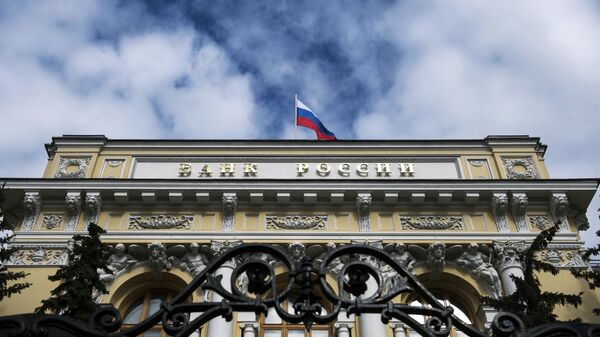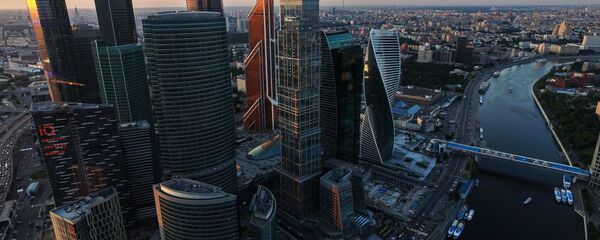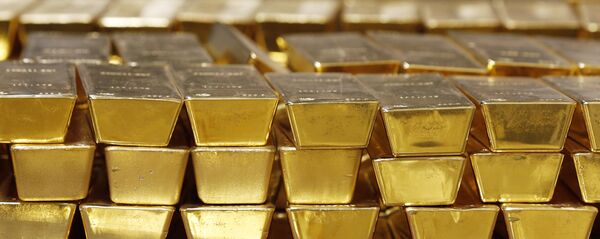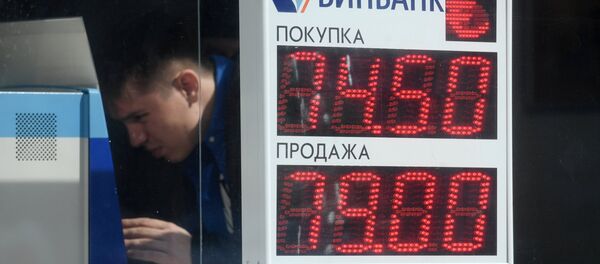Earlier on Friday, the CBR raised the key rate from 7.25 percent to 7.5 percent per annum. According to the bank's statement, the annual inflation is forecast to be 5-5.5 percent in 2019 and to return to 4 percent in 2020.
Stability Is More Useful
The director for Macroeconomic Analysis at Alfa Capital Management Company, Vladimir Bragin, thinks that there is no need to tighten monetary policy now, despite the rise in market volatility, increasing returns of federal loan bonds (OFZ bonds) and weakening of the ruble in recent weeks.
Actual rates on the market have recently grown without the participation of the Central Bank, and that is fine, Gazprombank’s strategy development center chief Yegor Susin said. The market was simply too optimistic about the prospects for rate reduction in the previous months, and it "went through the roof." Now it is returning to the balance zone, and additional actions on the part of the Central Bank are not needed, the expert said.
Therefore, the best option for the ruble, which will support it and give the potential for growth, is the rigidity of the key rate and moderately tough rhetoric in accordance with increased inflation expectations, Susin summarized.
The external factors continue to influence the ruble, so the decision of the Central Bank is unlikely to have a significant impact on it, Dmitry Polevoy, the chief economist at The Russian Private Equity Fund, said.
Rate Increase Not Always Good for Ruble
Experts told Sputnik that they believed a more aggressive behavior was less appropriate.
Such a decision will play in favor of the ruble, pointing to the exceptional commitment of the Central Bank to the main goal — keeping inflation around 4 percent, Polevoy said.
However, the factor of higher ruble rates can be offset by the increased outflow of non-residents from federal loan bonds, Pokatovich added. Raising the rate by 0.25 percent will generate unnecessary expectations for further rate increases and, accordingly, will put pressure on ruble debt quotation, Susin said.
The increases in the rate will cause volatility that is unnecessary for the regulator, at first, the ruble will go up and then down, as the sale of federal loan bonds will be accelerated, Romanchuk assumed.
The likelihood of an even higher rate increase, by 50 basis points at once, may even provoke a growing fear of investors: market participants may come to the conclusion that the regulator is preparing for a new round of instability in the short term, Pokatovich said. The debt market will again be in a relapse zone, the income of federal loan bonds may rush to levels of 9.5 percent or higher, investors will leave and the ruble will go down again, he concluded.






